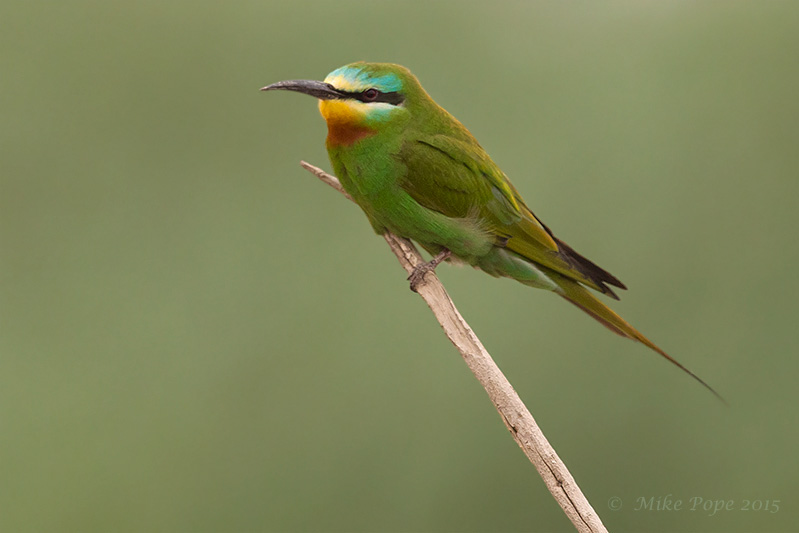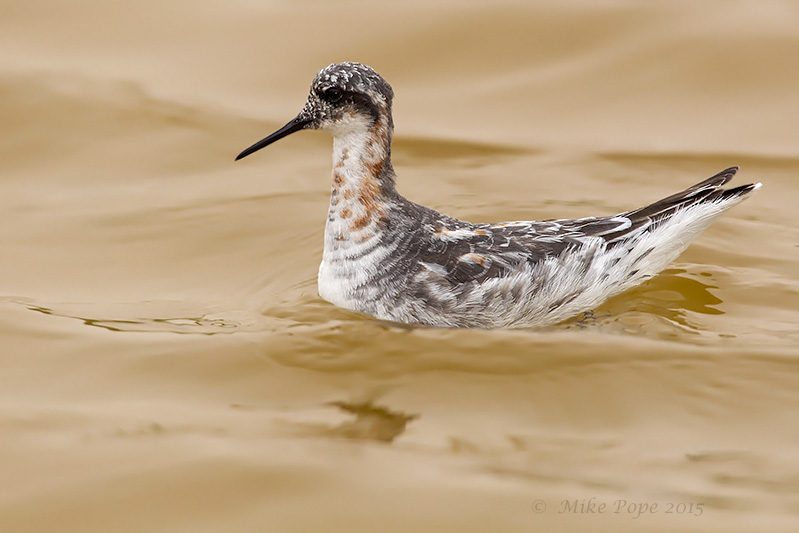2-days back, Markus Craig had found Kuwait's first Plain Leaf Warbler for Kuwait at Mutla'a Ranch - typically it was on a work day, so I had to wait for the weekend to see if this tiny Phyllos was still around.
Leaving home before sun-up, I detoured up the coast past Sulaibikhat finding a few European Roller's that had roosted in the habitat overnight...
 |
| Adult European Roller (Coracias garrulus) |
 |
| Woodchat Shrike (Lanius senator) |
 |
| A serious Desert Cricket match |
It was interesting to watch the different strategies taken to get a drink - a few elected to approach cautiously from through the cover and drink from the pool on the ground and these included; Barred Warbler
 |
| Barred Warbler (Sylvia nisoria) |
 |
| Male Common Redstart (Phoenicurus phoenicurus) |
 |
| Willow Warbler (Phylloscopus trochilus) |
Common Whitethroat
 |
| Common Whitethroat (Sylvia communis) |
 |
| Lesser Whitethroat (Sylvia curruca) |
Others took the direct route and drank straight from the source; a female Eurasian Blackcap showed the male how to do it!
 |
| Female Eurasian Blackcap (Sylvia atricapilla) |
 |
| Male Eurasian Blackcap (Sylvia atricapilla) watching and learning |
 |
| Male House Sparrow (Passer domesticus) |
And White-eared Bulbul
 |
| White-eared Bulbul (Pycnonotus l. leucotis) |
One of the Lesser Whitethroat's may have been watching these birds going direct to the source and decided to try it for itself, but more Sunbird style
 |
| Lesser Whitethroat (Sylvia curruca) |
 |
| Laughing Dove (Spilopelia senegalensis) |
 |
| Daurian Shrike (Lanius isabellinus) |
 |
| Adult Masked Shrike (Lanius nubicus) |
I'm guessing this pale individual is a young bird
 |
| 1st year Masked Shrike (Lanius nubicus) |
 |
| Tree Pipit (Anthus trivialis) |
 |
| Sykes's Wagtail (Motacilla f. beema) |
and another Common Redstart around the fringes
 |
| Male Common Redstart (Phoenicurus phoenicurus) |
 |
| Blue-cheeked Bee-eater (Merops persicus) |
 |
| Ferruginous Duck (Aythya nyroca) |
Grey-headed Swamphen numbers appear to be increasing in the maturing reed habitat
 |
| Grey-headed Swamphen (Porphyrio p. poliocephalus) |
 |
| Western Marsh Harrier (Circus aeruginosus) |
 |
| Red-necked Phalarope (Phalaropus lobatus) |
 |
| Yellow-headed Wagtail (Motacilla f. lutea) |
 |
| Pacific Golden Plover (Pluvialis fulva) |
A Pallid Harrier came by overhead, flushing all of the waders that were roosting on the inter-tidal zone
 |
| Pallid Harrier (Circus macrourus) |
 |
| Male Pied Wheatear (Oenanthe pleschanka) |
At this stage, it was time to call it a day. I spotted a Squacco Heron 'wrestling' with a large prey item some distance away - getting my glass onto it I could see that it was our largest mud skipper species Boleophthalmus dussumieri and the Squacco had a sizable meal to get down the hatch.
 |
| A distant Squacco Heron (Ardeola ralloides) with an over-sized meal |
 |
| Common Kestrel (Falco tinnunculus) with a take-away lunch |
 |
| Down the hatch |











Those are just amazing!
ReplyDeleteSuperb images!! A very enjoyable post. Thanks for posting, and I hope you have better luck with the Plain Leaf Warbler next time.
ReplyDelete